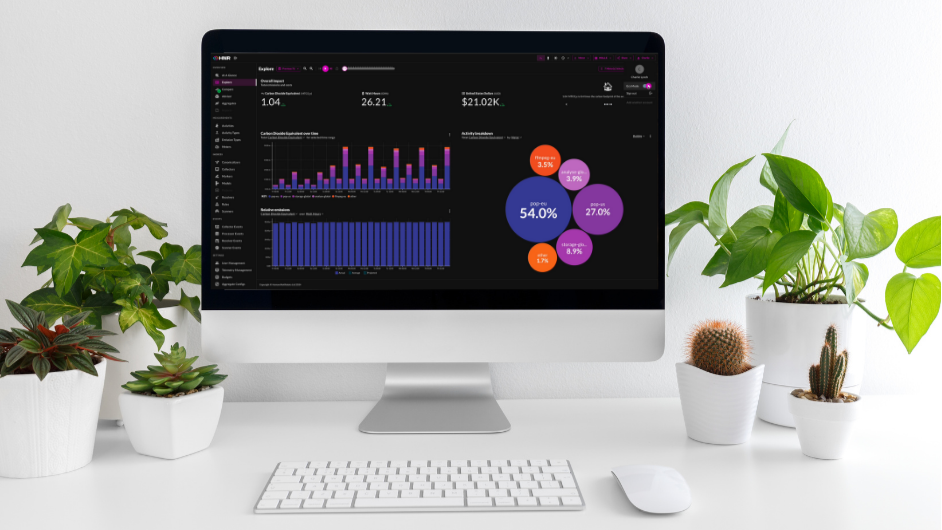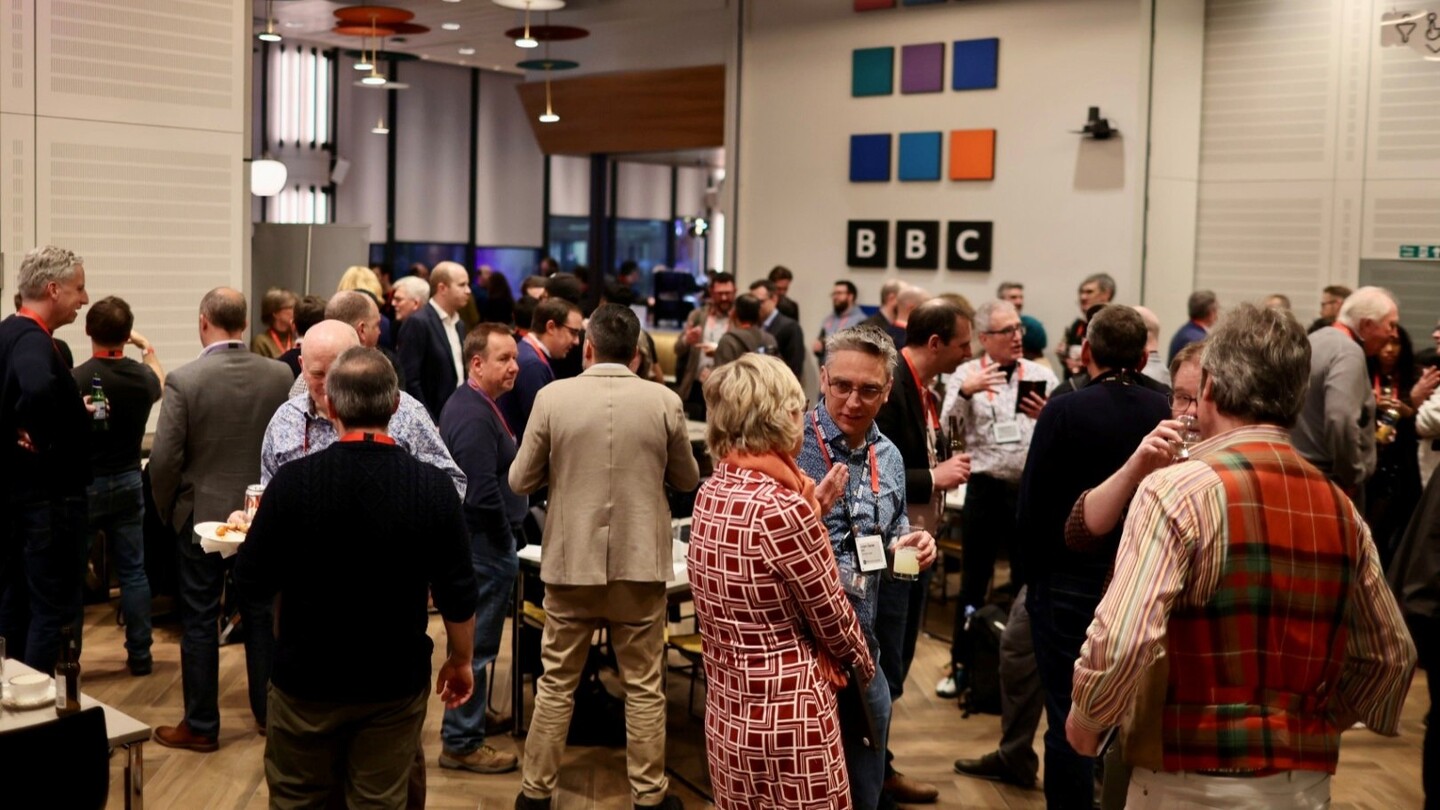The IBC2024 Accelerator Programme continues to revolutionise live event production with its latest initiatives aimed at leveraging cutting-edge technology to overcome challenges in the broadcasting industry. Building on the successes of previous years, the Connect and Produce Anywhere, Phase II project focuses on enhancing production capabilities through innovative uses of cloud and edge computing, ensuring high-quality output even under varying connectivity conditions.
ollowing the build and development of an all IP, Edge-first, multi-cloud, multi software test bed environment in the CAPA Accelerator 2023, the project team is now positioned to implement and road test the solution on some real-world live event production scenarios where there are varying degrees of available bandwidth.
This is a special incubator project which will be carried out in addition to the eight challenges chosen for this year’s cohort for the IBC2024 Accelerator Media Innovation Programme. The project challenge was proposed by the BBC and BT Media & Broadcast. Champions are BBC, BT Media & Broadcast, Sky, EBU, Vodafone Group, TV2, and others TBC, and participants are Zixi and LAMA.
Addressing the Industry Problem
Peter Brightwell, Research Engineer at the BBC, one of the champions of the project, explains...
You are not signed in.
Only registered users can view this article.

Behaviour-based data: Defining the advertising audience
A shift to defining audiences based on behavioural characteristics, allied to greater use of programmatic trading, could help boost the TV ad market, Xperi’s Chris Kleinschmidt tells IBC365.

How sport is embracing DTC at both ends of the playing field
Kevin Emmott reports on how two English football clubs at starkly different points of the football pyramid are going direct to fanbases with their content output.

Sustainable streaming: Delivering a greener vision for OTT
Increasingly powerful analysis platforms, infrastructure optimisation, improved resource utilisation and new methods of compression are among the developments helping the streaming sector to reduce its environmental impact, writes David Davies.
Creating a new sense of place for Welsh media innovation
The emergent virtual production scene in Wales has been boosted by the arrival of two new world-class facilities in recent months, both secured with the collaborative backing of Media Cymru. James McKeown spoke to Media Cymru’s Deputy Director, Professor Sara Pepper OBE, about the consortium’s mission to put Wales on the global media innovation map.

Flawless AI: “You can't put new lines in people's mouths without consent”
AI tools like Flawless visual dubbing are making a strong case for standard use in Hollywood.





